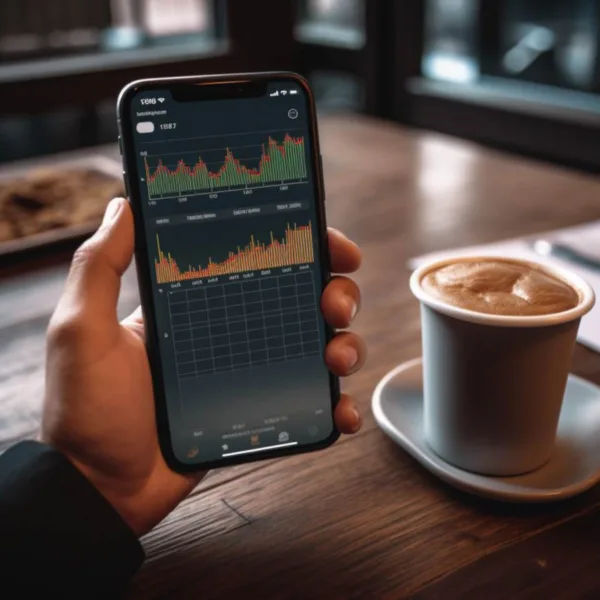Welcome to our comprehensive guide on Long-Range Connectivity (LRC) in the modern digital landscape. In this article, we will explore the intricate details of LRC, its applications, benefits, and how it shapes our interconnected world. As a leading source of information, we aim to provide you with a clear understanding of this crucial technology.
What is LRC?
Long-Range Connectivity, often abbreviated as LRC, refers to the ability of devices and systems to establish stable and efficient connections over extended distances. Unlike traditional short-range connections like Wi-Fi and Bluetooth, which are limited by proximity, LRC technologies enable communication across vast geographical areas. This makes it an essential tool in scenarios where remote connectivity is paramount.
Key Features of LRC:
- Extended Range: LRC technologies can cover distances ranging from kilometers to even hundreds of kilometers, depending on the specific technology and conditions.
- Reliability: LRC solutions are designed to provide consistent and reliable connectivity, even in challenging environments with obstacles or interference.
- Low Power: Many LRC technologies are optimized for energy efficiency, making them suitable for battery-powered devices in remote locations.
Applications of lrc:
LRC has revolutionized various industries by enabling seamless communication where it was once impossible or highly impractical. Some notable applications include:
| Industry | Use Case |
|---|---|
| Agriculture | Monitoring and controlling remote sensors and equipment in large farms. |
| Energy | Efficiently managing and maintaining power distribution systems across wide areas. |
| Environmental Monitoring | Gathering data from remote sensors to track changes in ecosystems and climate. |
| Logistics | Real-time tracking and management of shipments in global supply chains. |
Benefits of lrc:
LRC offers a multitude of advantages that have contributed to its widespread adoption:
- Global Connectivity: LRC technologies bridge gaps between remote locations, enabling data transmission on a global scale.
- Cost Efficiency: In scenarios where laying physical cables would be costly or unfeasible, LRC provides a cost-effective alternative.
- Real-time Data: Industries like environmental monitoring and disaster management benefit from instantaneous data collection.
- Scalability: LRC solutions can be scaled up to cover larger areas without sacrificing performance.
Lrc in the future:
As technology continues to advance, so does the potential of LRC. With ongoing research and development, we can expect even more efficient and versatile solutions in the coming years. From expanding internet coverage in rural areas to enhancing disaster response mechanisms, the future of LRC is indeed promising.
FAQs about LRC:
Q: What are some popular LRC technologies?
A: Some well-known LRC technologies include LoRaWAN, Sigfox, and satellite-based communication systems.
Q: Is LRC limited to specific industries?
A: Not at all. LRC has applications in various sectors, ranging from agriculture to healthcare and beyond.
Q: How does LRC ensure security in data transmission?
A: Many LRC solutions incorporate encryption and security protocols to safeguard transmitted data.
Q: What challenges does LRC face?
A: Challenges include spectrum allocation, interference, and the need for efficient power management in remote devices.
Thank you for exploring our comprehensive guide to Long-Range Connectivity. We hope this article has provided you with valuable insights into this transformative technology.
Zobacz także:




Zostaw komentarz